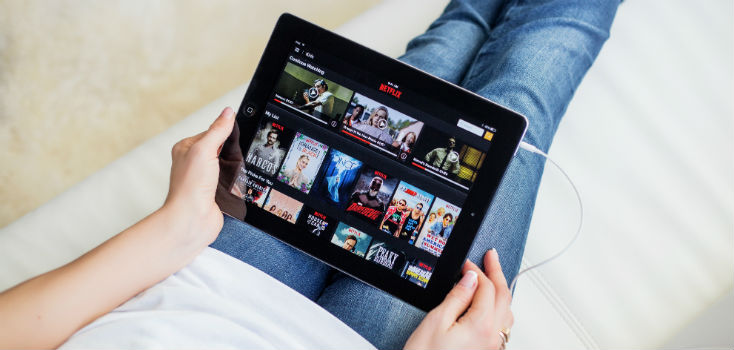 Time spent with online media will overtake time spent with linear TV for the first time globally this year, according to GroupM.
Time spent with online media will overtake time spent with linear TV for the first time globally this year, according to GroupM.
Indeed, the findings of its State of Digital report show that online will have a 38% share, TV 37% and the remainder spread primarily across print and radio. Consumers will on average spend 9.73 hours each day with media, up from 9.68 hours in 2017. GroupM notes that increased time spent with online media supports ongoing e-commerce escalation. A total of 35 countries supplied it with 2017 e-commerce data that revealed cumulative transactions of $2.105 trillion, or 17% more than the previous year. It predicts growth of 15% to $2.442 trillion, or about 10% of all retail, for 2018.
GroupM also examined programmatic (automated) ad investment trends. On average across reporting countries, 44% of online display investment was transacted programmatically in 2017, compared to 31% in 2016. This is forecast to rise to 47% this year.
For online video investment, programmatic is smaller – 22% in 2017 compared 17% in 2016 and predicted to rise to 24% this year. GroupM notes that it weighted its calculations by the size of the countries’ advertising economies.
In other findings, GroupM concluded that there is scant evidence of the practical application of blockchain. On the other hand, there was ample development and scaled deployments with Artificial Intelligence (AI). Respondents cited ample room for improvement in marketer application of data to media investment.
GroupM also noted that as measurement of premium video audiences across platforms is woefully inadequate in every market, it asked respondents to simply estimate the share of TV incumbents versus digital insurgents. Legacy TV players are believed to hold three-quarters of all video hours but less than a third (29%) online video hours.
GroupM also says that respondents cited two inflation drivers: high demand for premium, brand-safe content and poor measurement of OTT and mobile platforms; the scarcity of measurable inventory drives up prices.
It concludes that no look at the global digital landscape would be complete without acknowledgement that Google and Facebook continue to be the key growth drivers. Google search is critical to clients, and YouTube is increasingly important for scaled, “premium” video. Concerns over the quality of programmatic inventory in the Google Display Network persist, but remedies are being pursued. Facebook’s success is partly due to the delivery of younger audiences via Instagram. The surge in large-advertiser investment in 2016-2017 also helped double Facebook’s share of digital investment ex-China.